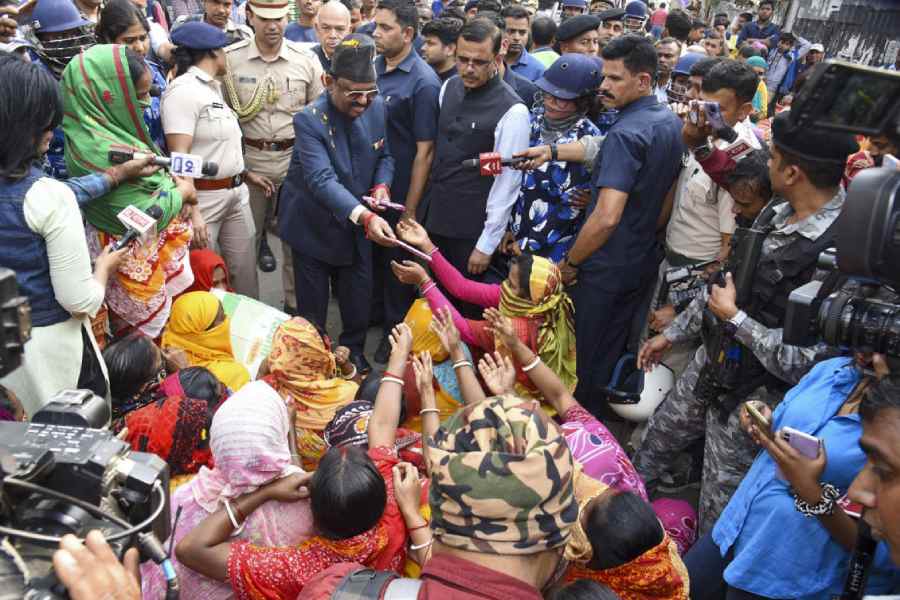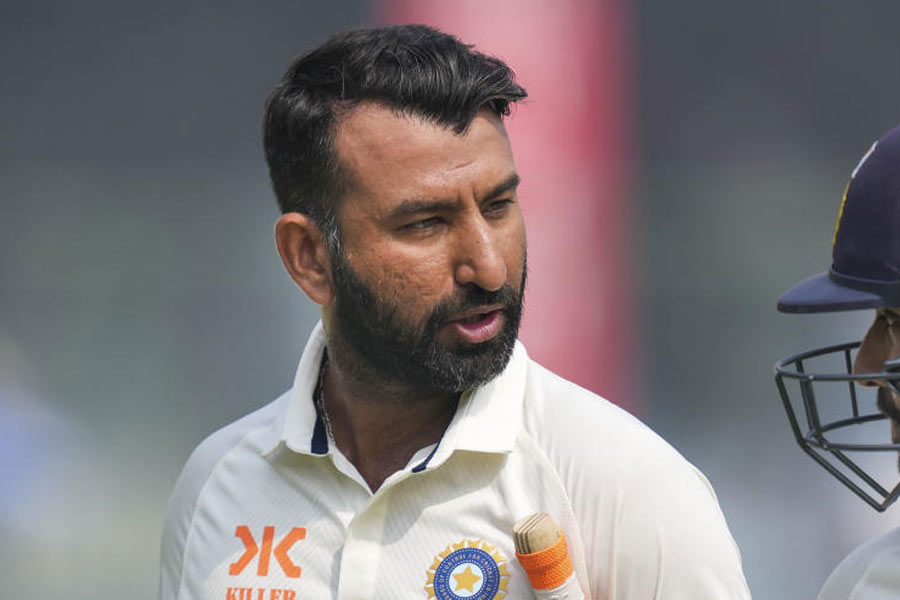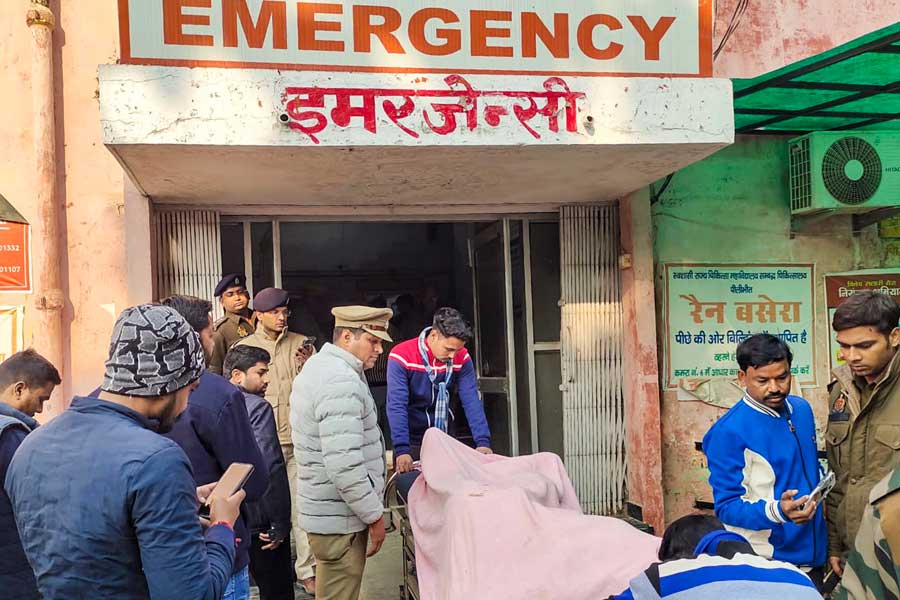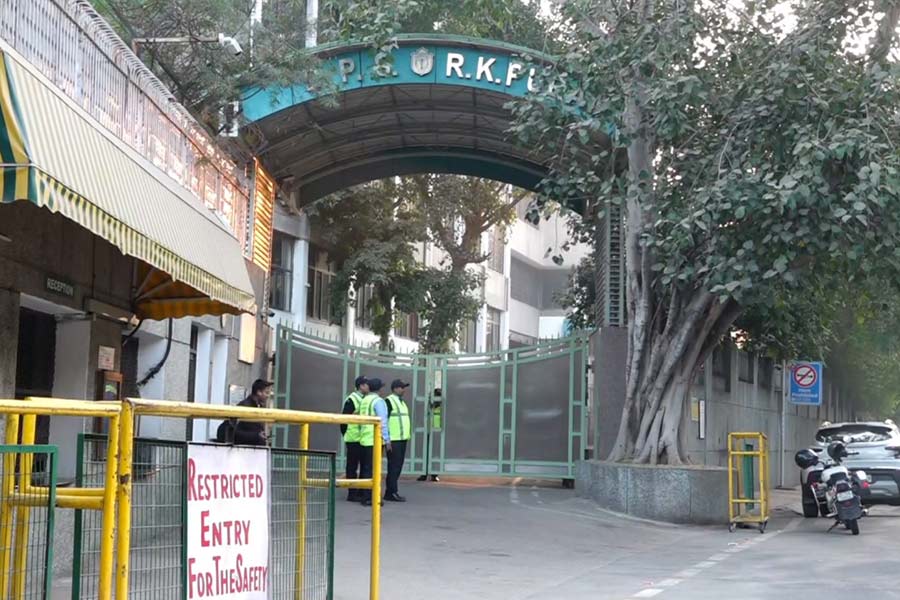The growing evidence of the systematic way women in West Bentringal’s Sandeshkhali region were brutalised and converted into objects of sexual gratification of local bosses of the ruling All India Trinamul Congress has shocked the country. Although the quantum of outrage has been tempered by the political polarisation accompanying the onset of a big election, there is, however, a recognition that the culture of violence which sets the tone of politics in West Bengal is scaling new heights. After all, it must count for something when the governor of the state has this to say after visiting the place and meeting many of the women victims of political bestiality: “What I saw was ghastly, shocking, shattering to my senses. I saw something which I should never have seen. I heard many things which I should never have heard. If you have tears, this is the time to shed those tears… That’s how horrible human life is, where the law cannot take its course…”
Yet, despite this poetic outburst and suggestions that the lakshman rekha of passive acceptance has been crossed, and that Bengalis will finally say enough is enough, the anger soon subsides, and it is back to business as usual, especially with the Lok Sabha polls around the corner. At best, if the local don, Sheikh Shahjahan, is finally apprehended and packed off to Tihar jail to join another district strongman, the vacuum will be short-lived. Warlords will continue their domination of this corner of West Bengal bordering Bangladesh.
Among the reasons cited by the apologists of the Mamata Banerjee government that has been in power since 2011 to explain the reckless violation of all democratic rights of citizens in Sandeshkhali is its inaccessibility. Although its distance from Calcutta is not more than 65-70 km, reaching the interiors of the Basirhat parliamentary constituency involves journeys by boat and the help of local guides. Although money isn’t in short supply, thanks to the lucrative nature of prawn farming, successive governments appear to have taken a conscious decision to keep large parts of Sandeshkhali as difficult to reach as possible. The advantages of geography, coupled with indifferent investments in local infrastructure, appear to have created the foundations of remoteness.
There are undeniable similarities between Sandeshkhali and those districts of undivided Bihar where primitive high landlordism and the rule of the private senas prevailed in the 1970s and the 1980s. But there are unique features. Shahjahan — who, from all accounts, was the big boss, reporting to a minister in the state government — and his henchman in the zila parishad, who ran their operations from the local AITC offices, were never at loggerheads with the local police. From all accounts, the police operated as an auxiliary force of the landlords, fobbing off complaints from villagers of high-handedness by the local AITC leaders and even playing the role of security guards in the opulent farmhouses owned by them.
There are many reports in the local media that Shahjahan’s many businesses included facilitating the entry of Rohingyas from Bangladesh and their onward despatch to other parts of the state and the country. It has also been suggested that those who attacked the Enforcement Directorate team sent to raid Shahjahan’s premises last January — the incident that triggered a chain of events culminating in the uprising of women — included many such Rohingyas. This would also indicate that the local police are active co-conspirators in this game of attempting to change the country’s demographic profile by overseeing the entry of people who are temperamentally violent and share none of the cultural and social assumptions of Bengal. If Shahjahan and his associates are guilty of organised criminality, the local administration, particularly the police, is responsible for violating the sanctity of its office. There is, in fact, a very strong case for the Centre to use the shameful complicity of the police in Sandeshkhali to prosecute the Indian Police Service officers who either knew and looked the other way or, worse, facilitated the crimes of the Shahjahan mob.
The most startling feature of the revelations from Sandeshkhali — one that has made it different from other instances of political violence — was the organised assault on women and their use as sexual slaves. In normal circumstances, the shocking accounts of local women narrating how the pretty wives of locals were routinely summoned to the AITC offices at night and used for the gratification of the goons would have created an almighty uproar all over the country. It should have resulted in umpteen women’s bodies preparing reports of what happened. But the response to the horror stories, including the press conference in Delhi by the Union minister, Smriti Irani, has been muted. Instead, we see self-serving certificates being issued by stalwarts of Delhi’s liberal intelligentsia endorsing the ‘courageous fight’ being waged by the West Bengal chief minister to ‘keep alive democratic spaces and democratic contestation.’
Only a small part of this can be explained by the possible linguistic difficulties of comprehending the intensity of feeling in the accounts by local villagers. Much more likely is the quiet but embarrassed awareness of what Irani stated quite explicitly in her media briefing and which was put out by Times Now in its handle on X: “These women were being identified by their religion, their looks, and particularly by their age. So, men were going [from] house to house and marking women who could be raped.” In plain language, what was always apparent was that Shahjahan and his cronies consciously targeted women of one community for exercising power and enjoyment.
It is this grim reality that West Bengal’s Left-inclined intellectual Establishment hasn’t been able to fully come to terms with. Doing so would involve accepting the fact that the social and the demographic profiles of West Bengal have undergone a radical, even unappetising, change over the past 50 years. The 13 years of AITC rule have no doubt seen a significant spurt in corruption resulting from the misuse of welfare funds, but alongside it there has been the transformation of the Indo-Bangladesh border into tracts of criminality and depravity. Rescuing West Bengal is more than a political imperative; it is a national mission.










